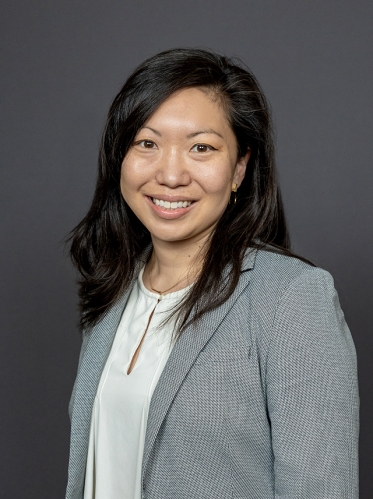Hope For A Matter Of Life And Death

Janet Lee, MD, FAAP
December 20, 2023
A half decade ago, I walked into the examination room to see my next patient. I almost didn't recognize her in her mask and goggles. Her mother donned similar personal protective equipment. I gave an emphatic wave to accompany my muffled, excited, "hello!" My patient reluctantly raised her hand to wave back at me. "How have you been?" I asked. Her mother said, "I'm going to step out so she can talk to you." I looked at my patient and asked again, "How are you?" She then burst into tears. "I'm not ok," she said. It was difficult to make out her words through the sobs. "I don't think I've been okay for a while." My patient proceeded to tell me she had been struggling with thoughts about dying and "not wanting to be here anymore." She wasn’t sure why this was happening and was terrified of telling her mother. She didn't want to burden her. I learned my patient had just lost her aunt, her mother's sister, and my patient's mother was struggling to figure out the financials for the funeral arrangements. I leaned in a little closer to my patient and said, "I care about you, and I don't want anything to ever happen to you. I am positive your mother feels the same way. Do you think that I can help you to tell her how you have been feeling? I want to help." My patient reluctantly nodded, and I stepped out of the room to bring back her mother.
So many things have changed since 2019 when my co-authors and I began working on the revised clinical report, "Suicide and Suicide Risks in Adolescents." A global pandemic devastated our communities. Isolation, racism, and social injustices pulled us apart. Many of us in health care lost loved ones, colleagues, and bore much of the brunt of a horrible virus. We became tired, then burned out. All the while, a mental health crisis brewed amongst adolescents, and pediatricians were front and center in the struggle. The rate of suicide among youth has increased since 2007. Suicide is now the second leading cause of death in the 10- to 24-year-old age group in the United States.
“With nowhere else to turn, pediatricians did what pediatricians do best: they stepped up and did what had to be done.”
My colleagues and I have experienced similar struggles such as rising mental health needs in young people and long wait times for therapy, counseling, and psychiatric services. With nowhere else to turn, pediatricians did what pediatricians do best: they stepped up and did what had to be done. They called their patients every day to check on them and their families, utilized emerging technologies to engage patients via telehealth, and helped to fill a service void. Pediatricians across the country leaned on each other to learn about mental health needs in youth through programs like Project ECHO.
The updated clinical report "Suicide and Suicide Risk in Adolescents" provides guidance for pediatricians around the screening and assessment of suicide risk and treatment recommendations. The report mirrors the recommendations highlighted in the “AAP Blueprint for Youth Suicide Prevention” and discusses factors that contribute to increased risk of suicide in adolescents. These components include individual factors; relationship factors; and community, societal, cultural, and structural factors. The report encourages pediatricians to continue to promote the protective factors that are already discussed during routine health maintenance visits. The updated clinical report also provides guidance and resources around the portrayal of suicide in the media and supporting families and health care providers who have experienced loss of a patient to suicide.
As I consider all the happenings of the past few years, I am encouraged by the strength and resilience of young people and their families. It is my hope that the updated clinical report can support pediatricians in the challenging task of caring for adolescents struggling with suicidal ideation. I am honored to be a part of an organization that advocates for youth and the dedicated pediatricians that care for them.
*The views expressed in this article are those of the author, and not necessarily those of the American Academy of Pediatrics.
About the Author
Janet Lee, MD, FAAP
Janet Lee, MD, FAAP, is an adolescent medicine specialist, pediatrician, and associate professor of Pediatrics at the Lewis Katz School of Medicine at Temple University. Dr. Lee serves as an executive committee member for the Council on Adolescents and Young Adults for the AAP.